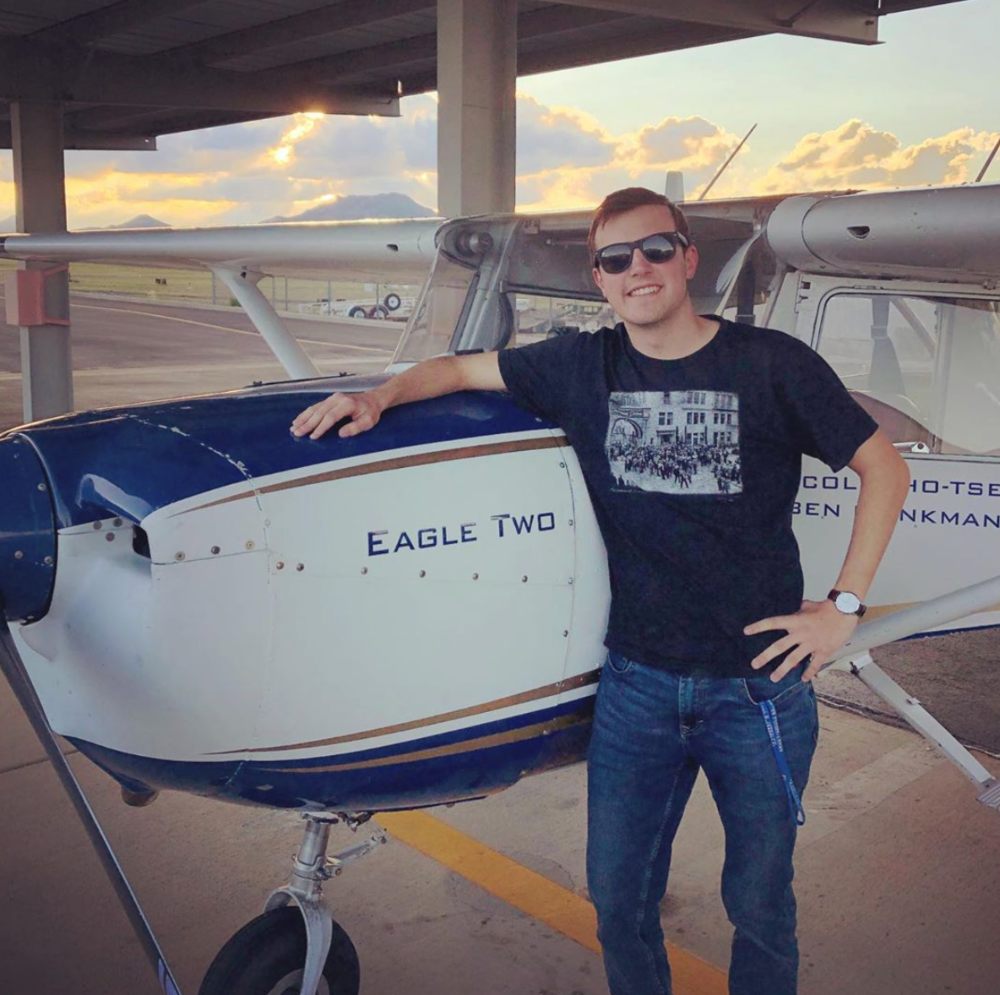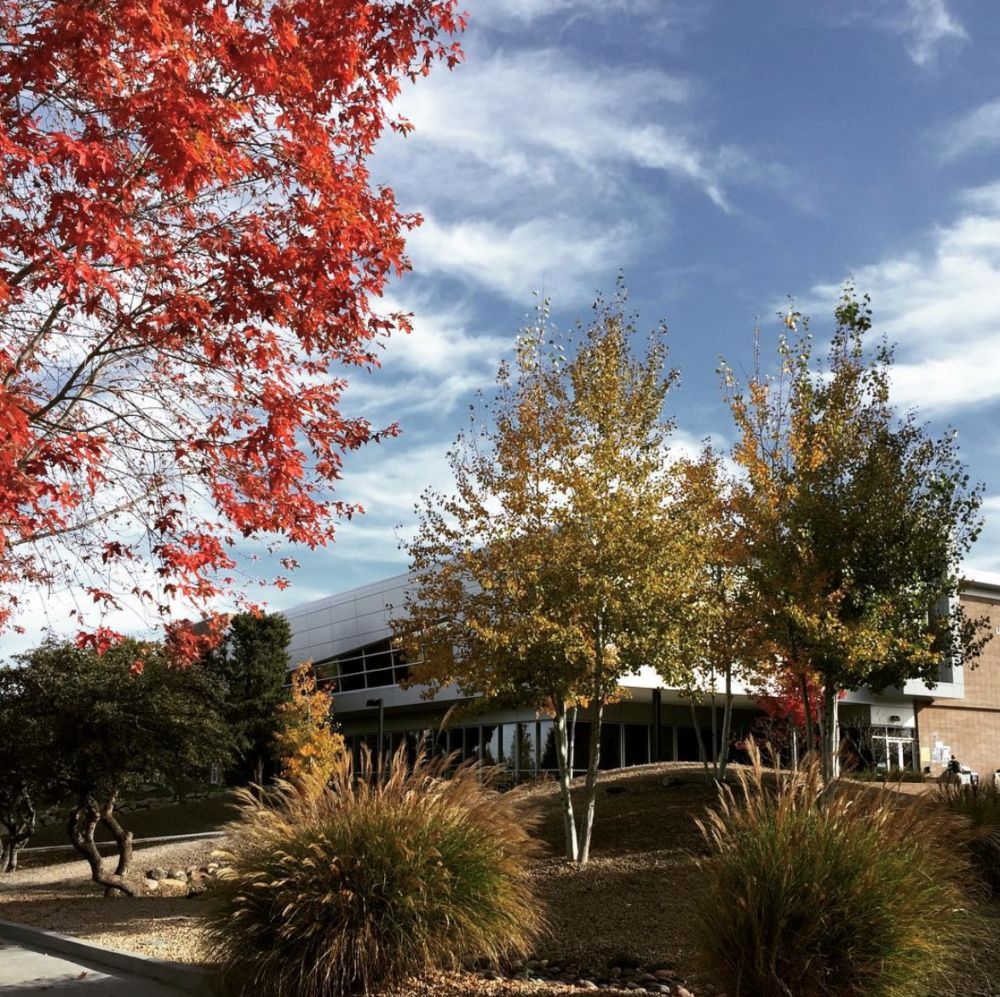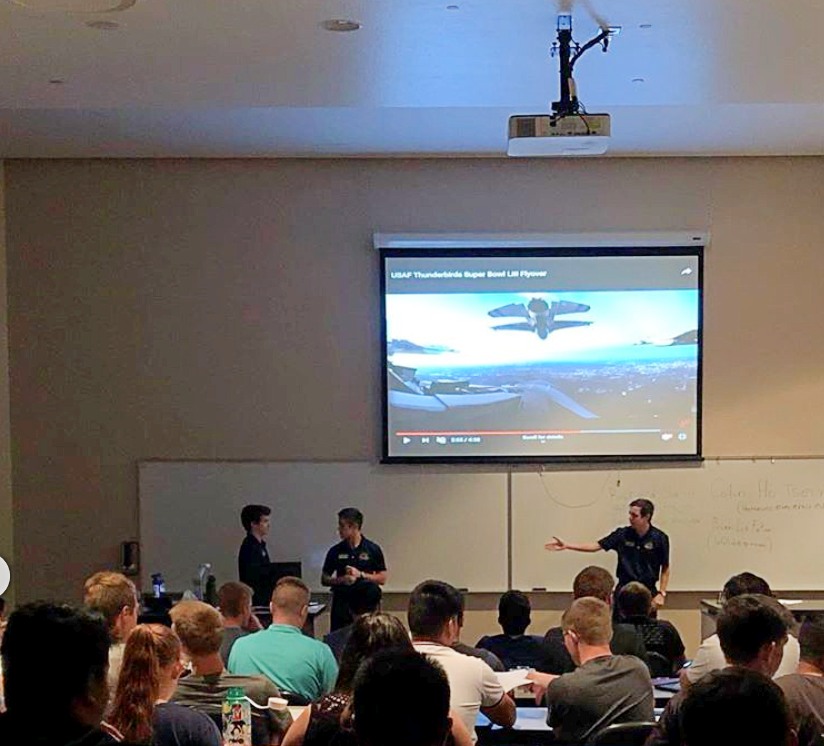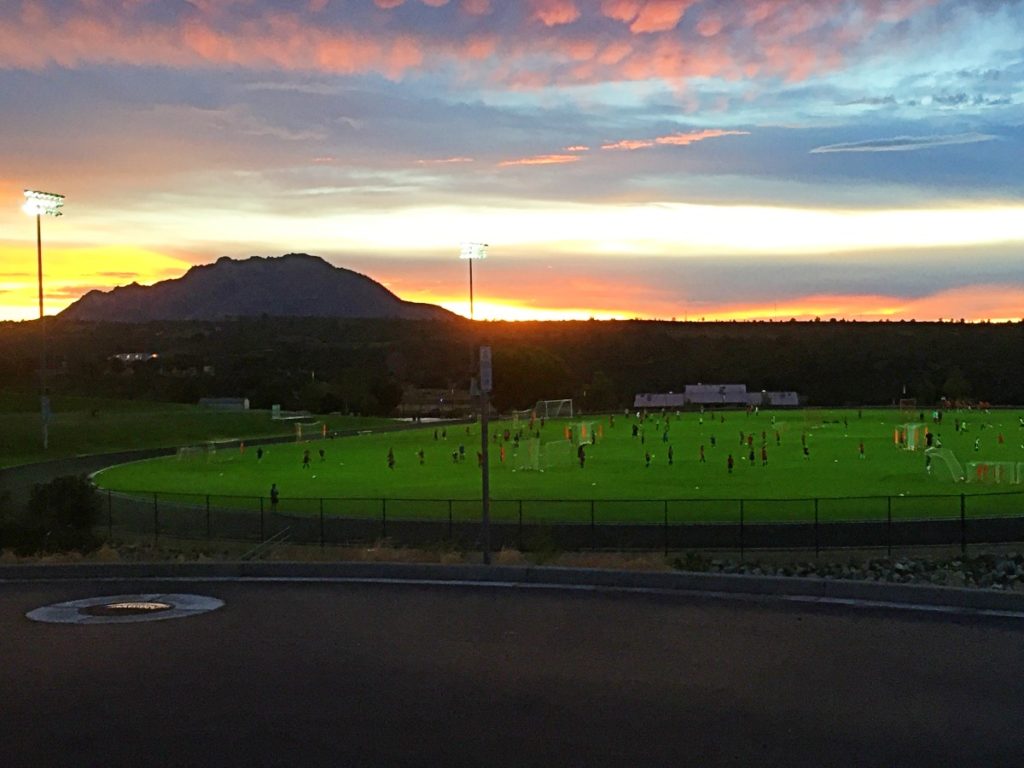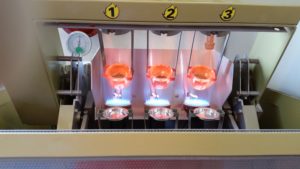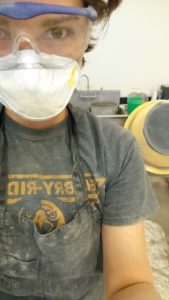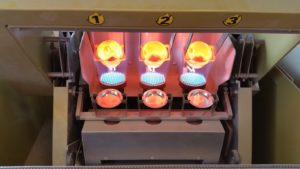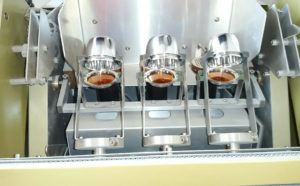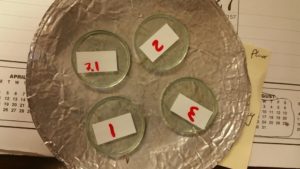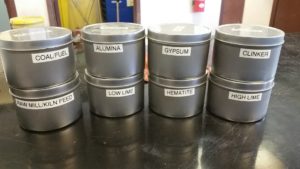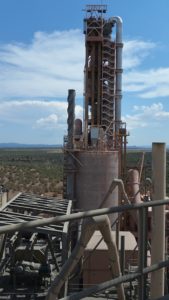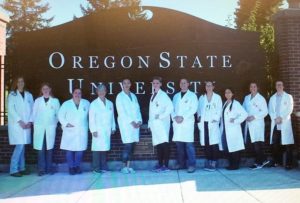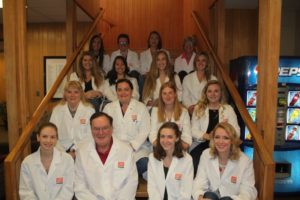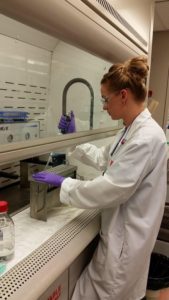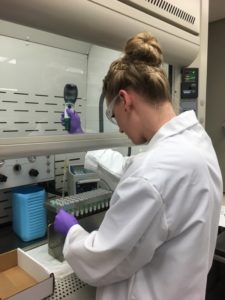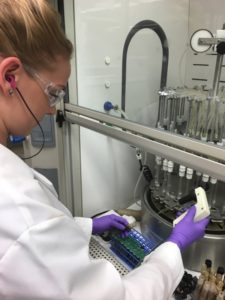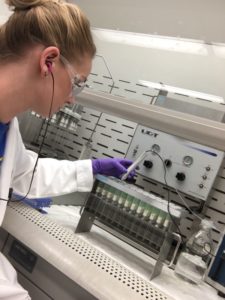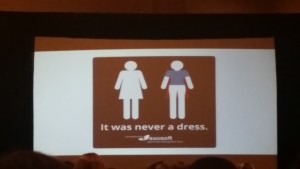My name is Veronica Rodriguez. I am a senior majoring in Forensic Biology with a minor in Psychology. What made me interested in majoring in Forensic Biology was wanting to understand the fundamentals of forensics. I had the mentally that it is just like the television shows. Unfortunately, it was not what I had expected. It challenged me in so many ways. I am truly thankful for everything that I have learned with this major. It has taught me to work for the truth and to find the facts. I choose Embry-Riddle Aeronautical University due to its amazing reputation. It also has a great Biology and Chemistry Department that has been very supportive in the process. Throughout my courses at Embry-Riddle it has prepared me for one of the best experiences in my educational career.
In the summer of 2020, I was able to obtain an internship with Yavapai County Medical Examiner’s Office in Prescott Valley, Arizona. I was hired as an intern and my duties were to assist the medicolegal death investigators (MDIs) and the forensic pathologist. This office is unique since the MDIs not only investigate their cases and go to scenes but, they also help perform autopsies with the forensic pathologist as well. I was super nervous at first since I had no idea what to expect on my first day at the office.
After being more comfortable at the office, I attended death scenes and interacted with other law enforcement agencies to conduct proper investigations. I learned how to properly document photos of the decedent, property, and evidence with a digital camera. I was really proud of myself that I was able to apply what I have learned in my courses to real life. I also learned the process of how the MDIs produce reports, gather information, and create death certificates. Other responsibilities I had during the internship were to perform autopsies, take toxicology specimens, and take fingerprints of the decedent on my own.
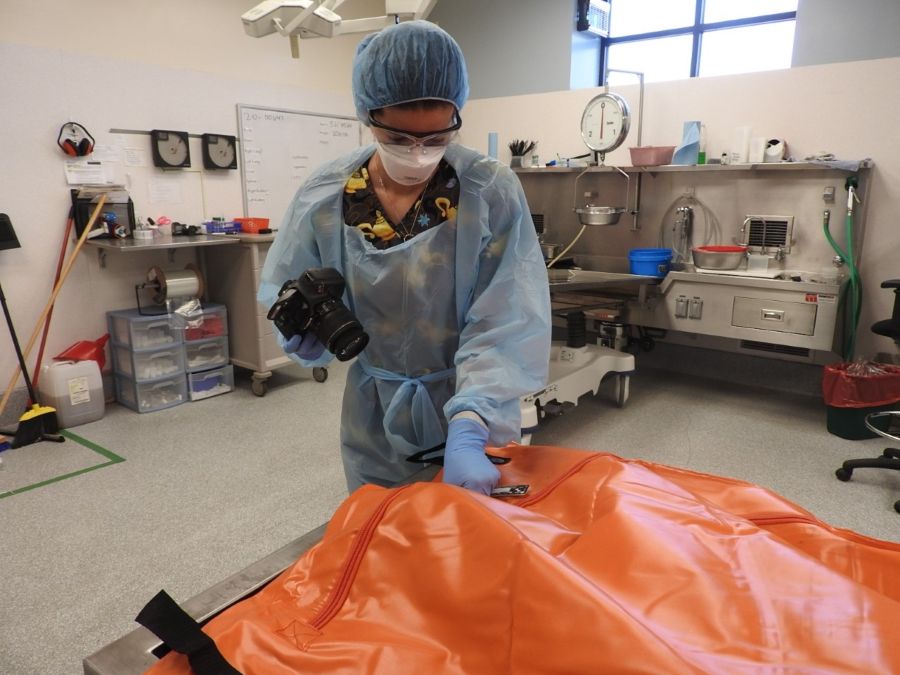
Embry-Riddle has prepared me for this internship with the courses I have taken. Anatomy and Physiology has allowed me to understand the different organs and the functions of the body. It has also taught me how the body is supposed to work and what happens when something goes wrong. Trace Evidence and Investigative Methods and Forensics allowed me to understand how a scene is investigated and how to collect evidence in a way that preserves it; this knowledge was useful when I had to retrieve fingernail clippings from a homicide victim. Procedural Law and Evidence course allowed me to be familiar with the importance of search warrants, chain of custody, and the Arizona statutes that apply for the Medical Examiner’s Office. Being able to apply the knowledge from my courses further reinforced what I have learned and made it clearer during my internship.
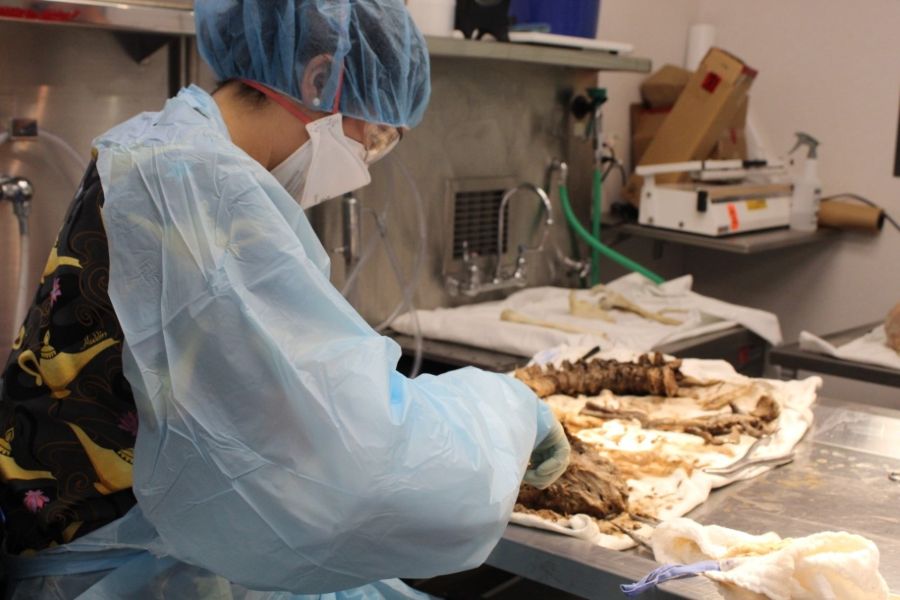
This internship has allowed me to find a career path that I really enjoy. I have had many great memories and experiences, and it will be something that I will never forget. Once I graduate, I want to get my certification in the American Board of Medicolegal Death Investigation. I was recently hired at the District 7 Medical Examiner’s Office in Daytona Beach as a Forensic Investigator/Forensic Technician. If it weren’t for my education at Embry-Riddle I wouldn’t have been able to obtain an internship that later landed me a job!



